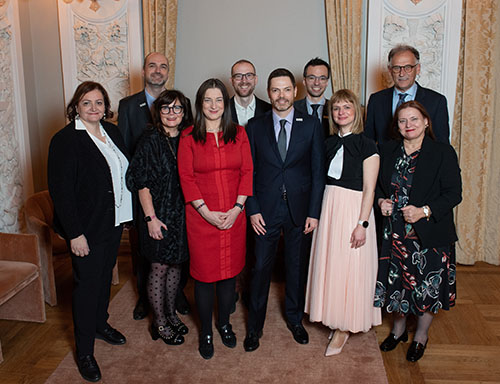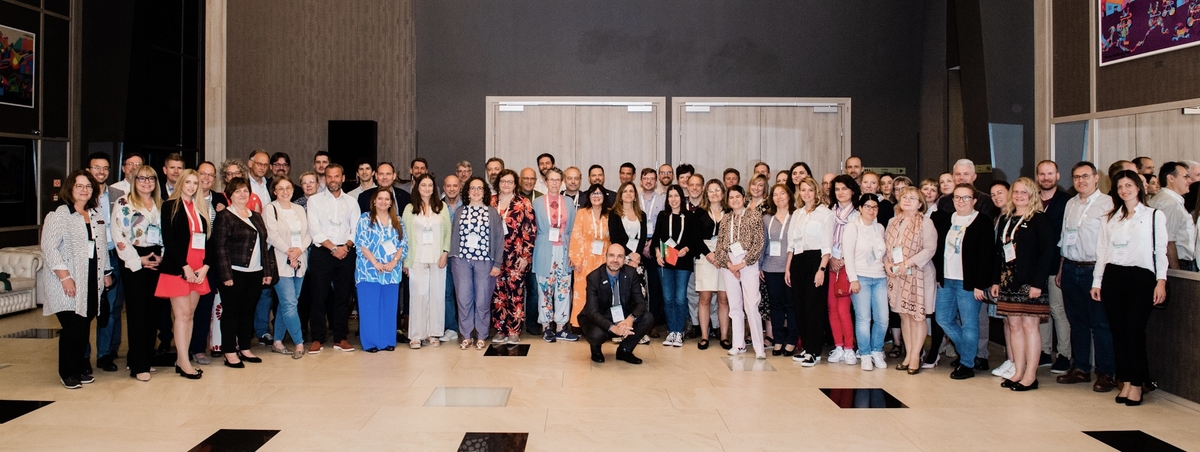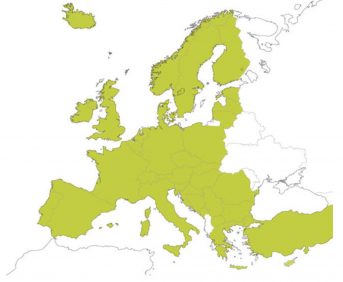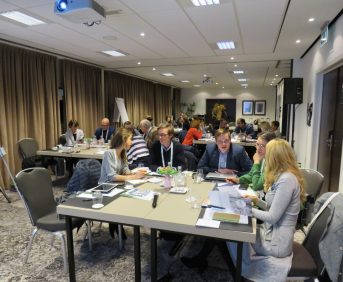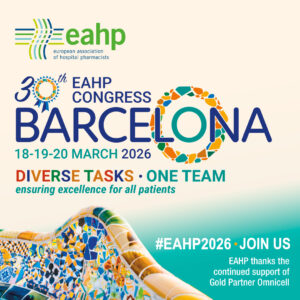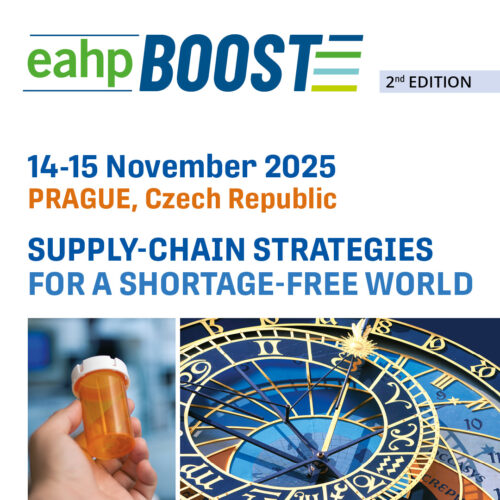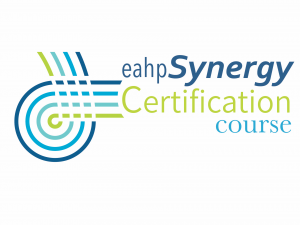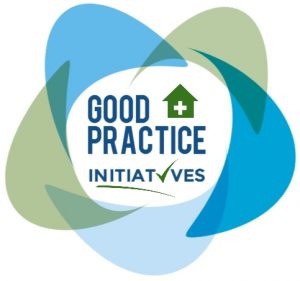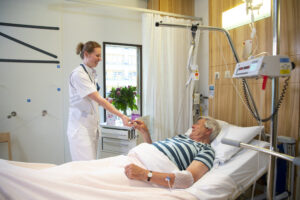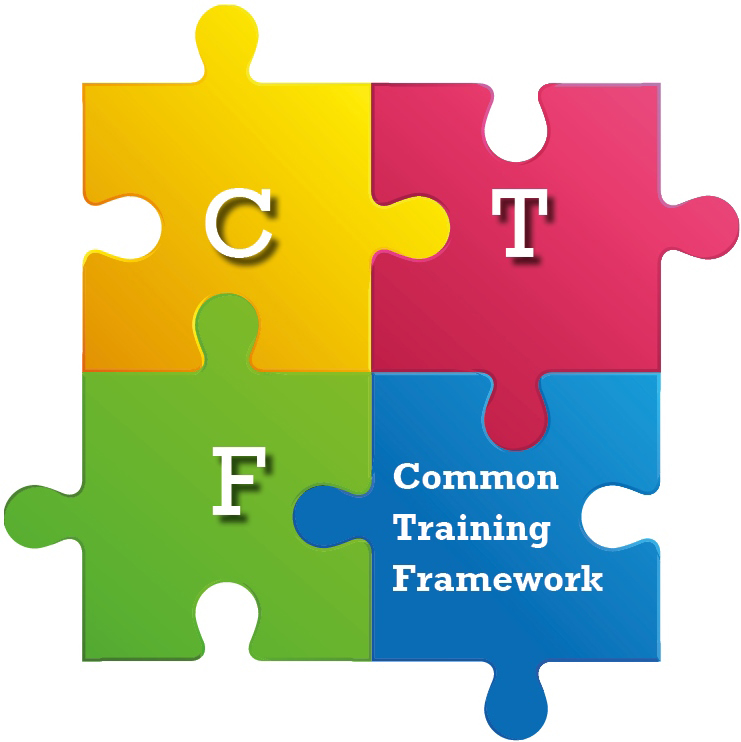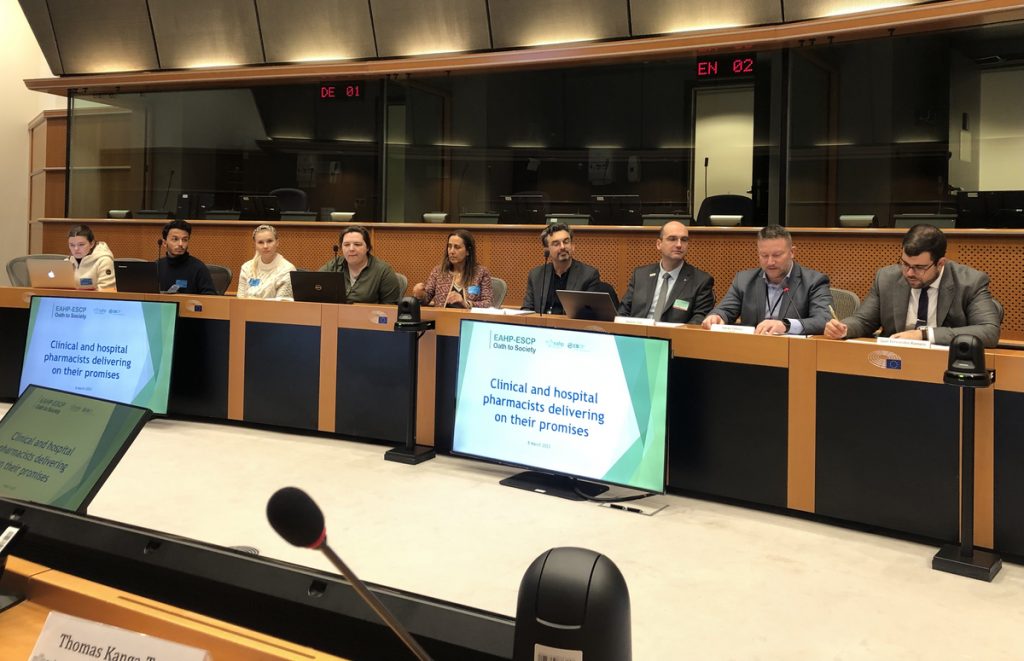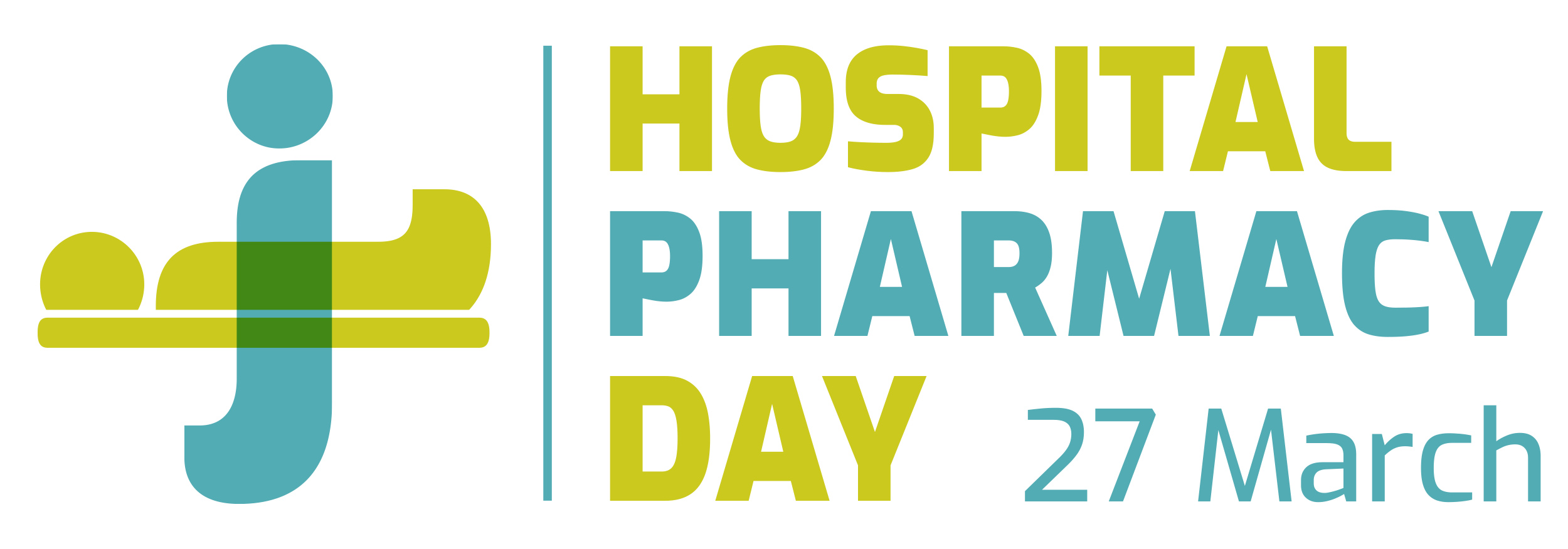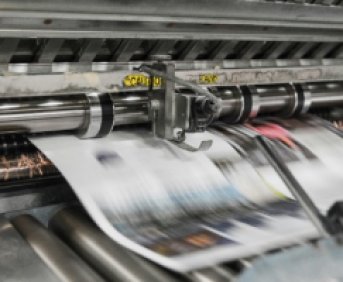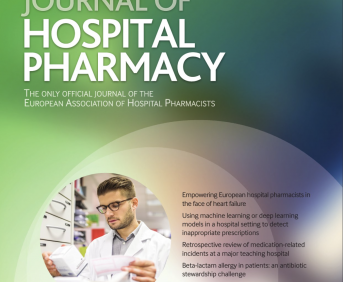PREPARATION OF A CYTOSTATIC STABILITY GUIDE AFTER RECONSTITUTION AND DILUTION
European Statement
Patient Safety and Quality Assurance
Author(s)
Gregorio Romero Candel, Paula Ruiz Belda, Maria del Carmen Caballero Requejo, Maria Jesus Sanchez Cuenca, Jose Marco del Rio , Julian Castillo Sanchez, Luna Carratala Herrera
Why was it done?
In common clinical practice, the stability of medications is an area of interest to obtain maximum security and efficiency. After reconstitution and dilution, knowing the validity period is very important for the effectiveness and safety of the treatment, since it must be administered to the patient under the appropriate conditions. In recent years, a large number of high-impact cytostatic medicines with limited stability data have been registered and incorporated into clinical practice. Frequently, the stability data results are contradictory or insufficient. The main goal is to make a reliable quick guide of reference with the validity periods of the reconstituted and diluted active principles according to physicochemical stability, therefore increasing safety, reducing queries for these doubts and improving the management of unused remains that have high economic impact.
What was done?
A cytostatic stability guide after reconstitution and dilution has been made. The active principles and commercial presentations that are used in the intravenous mixtures area were reviewed.
How was it done?
The obtaining of the physical-chemical stability data has been done by reviewing the information available in Stabilis, Pubmed, Lexicomp and technical data sheets.
What has been achieved?
Fifty-four pharmaceutical specialities from 44 active principles, all in the cytostatic group, were checked. Tables of reference for the elaboration sites were made for consultation. It has reduced the number of consultations conducted and improved the time of preparation of these products. The rest of the elaborations for other administrations have been taken advantage of, making a better use of the pharmacotherapeutic resources.
What next?
The next step is to keep developing consultation tools that improve the safety and management of hospital drugs.
